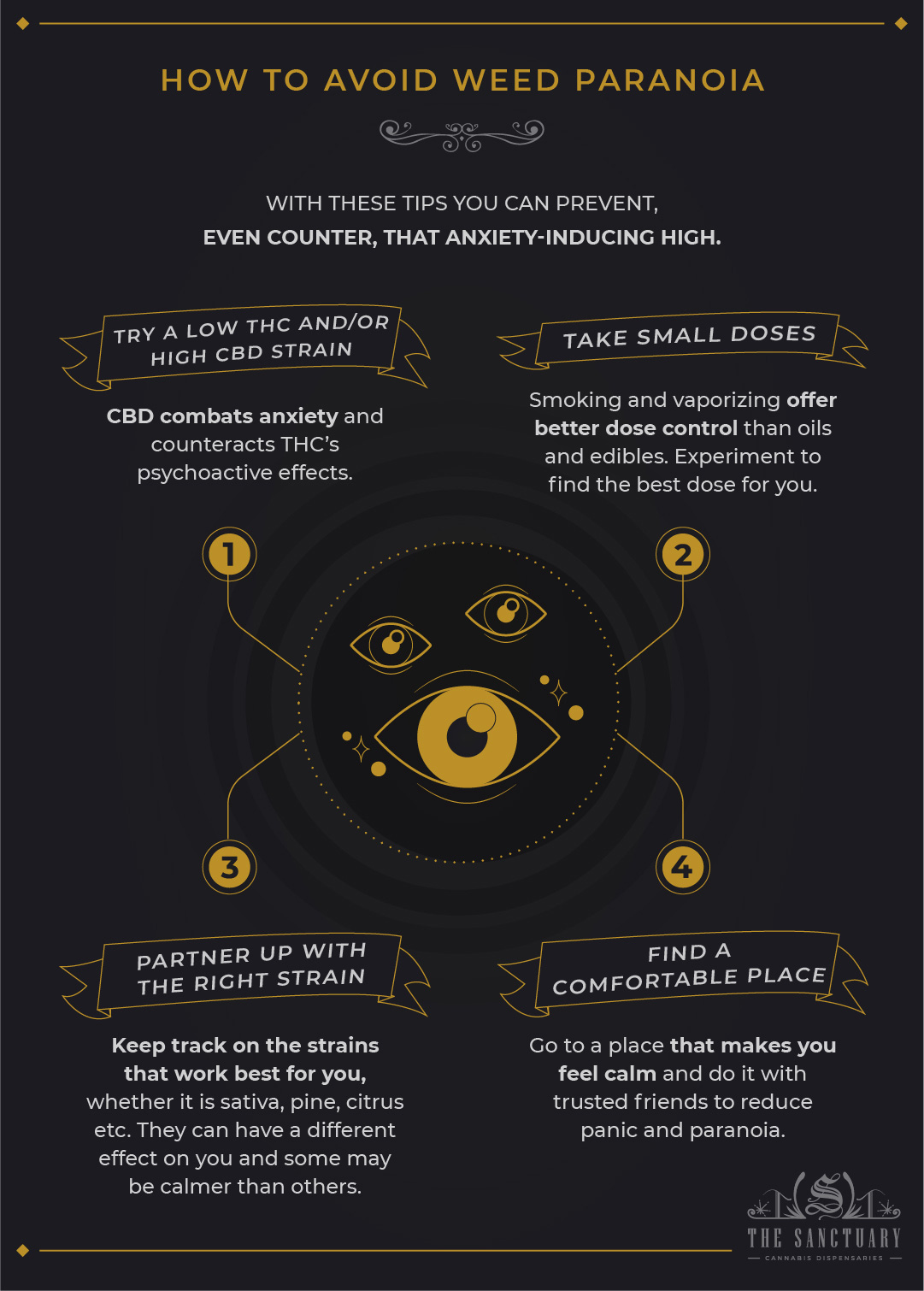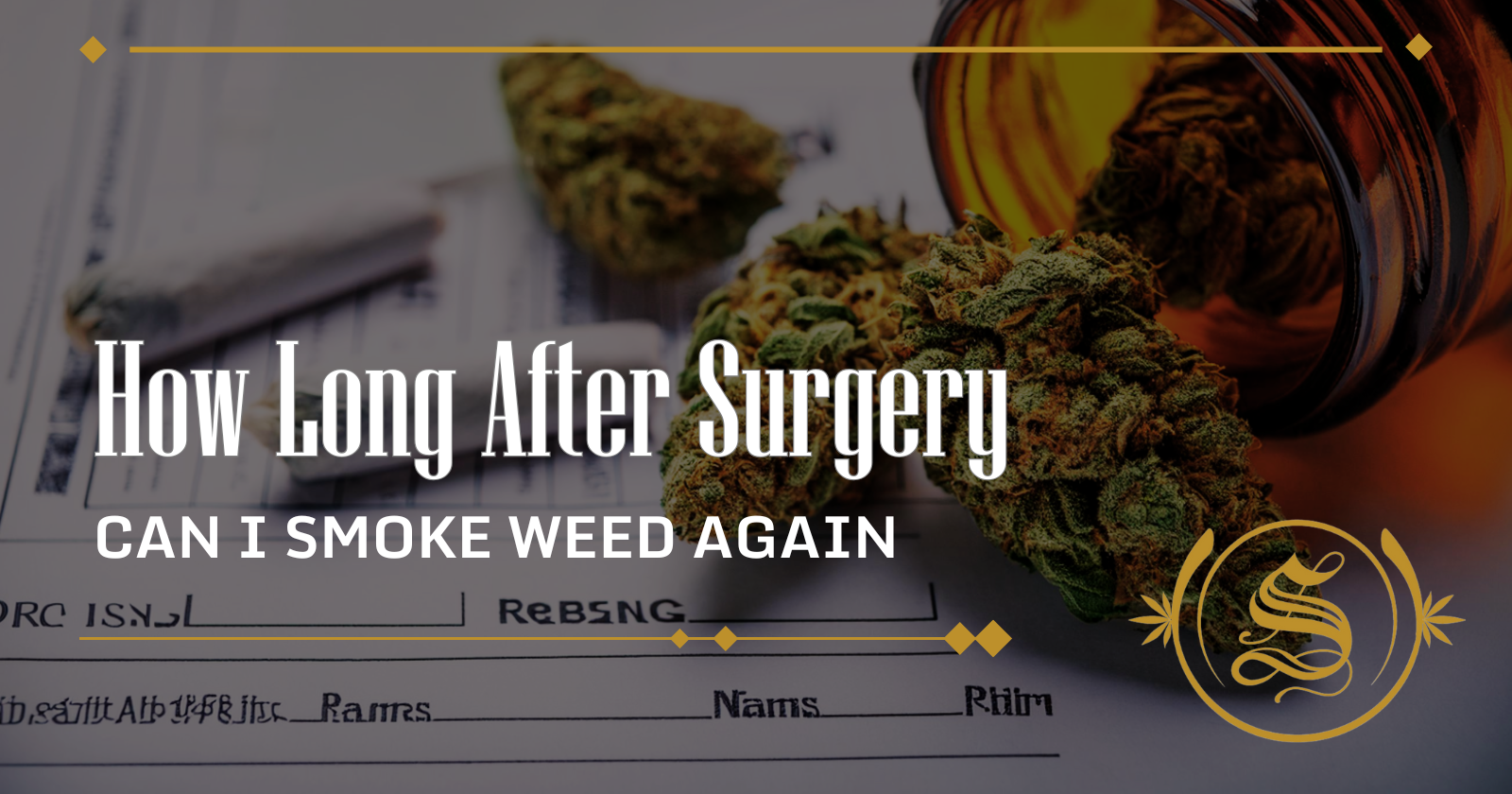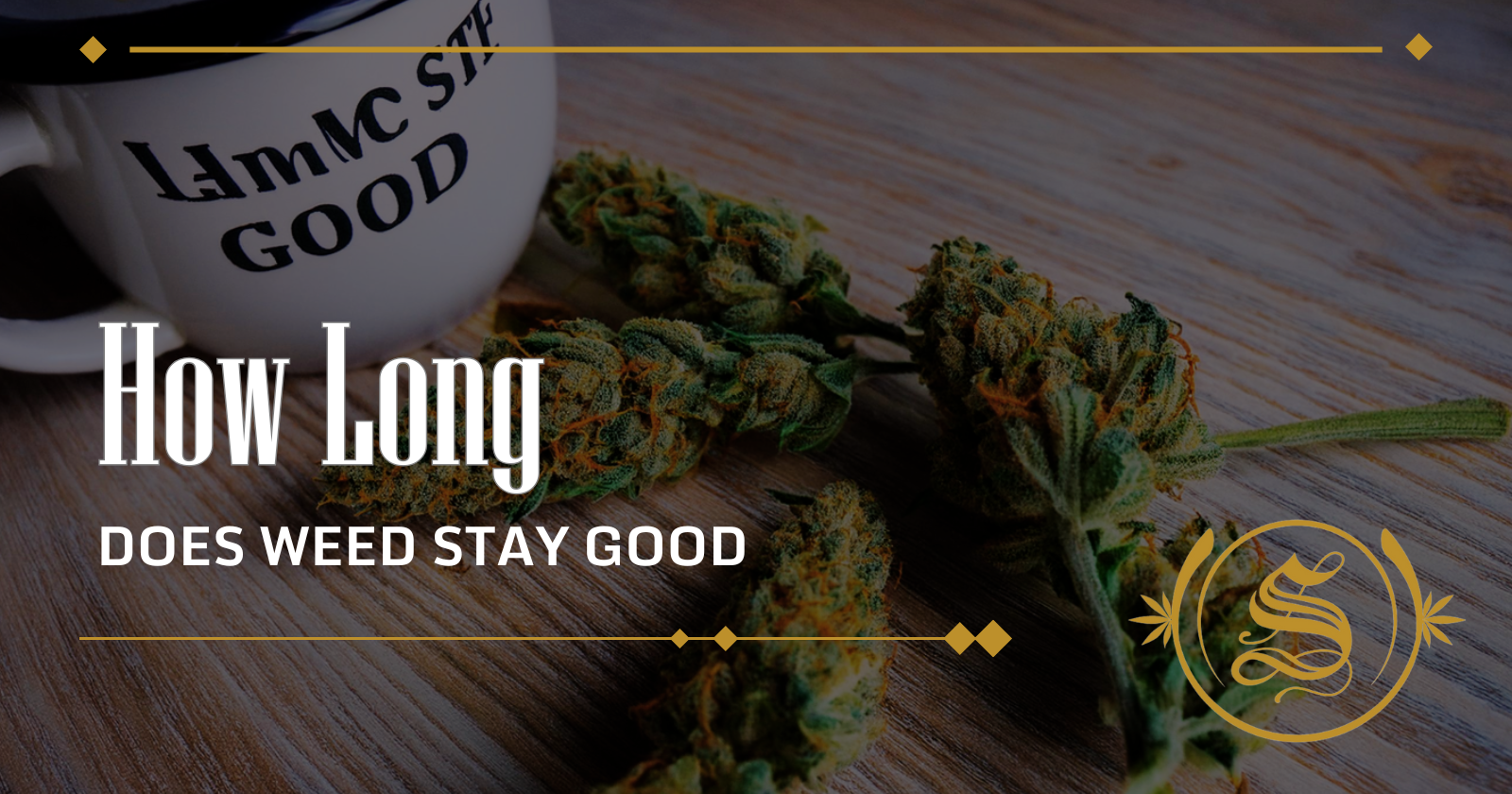Iftikhar Alam
Author
Reviewed by Cannabis Experts
Published on: February 12, 2021 | Updated on: July 27, 2024
Weed has the overriding perception as the chill-out drug. In fact, almost a third of marijuana users in the U.S. say the main purpose of it is to reduce anxiety or stress, a recent Marist poll found. But that is not always the case; smoking can leave lots of people paranoid, anxious, and eager for the high to fade.
First, it is important to understand what paranoia means exactly. It is similar to anxiety, but a bit more specific.
What is paranoia?
The process of paranoid thinking involves believing that you are being threatened or are in danger of harm, even if there is no evidence to back up this assertion. If you are paranoid, you will think that the motives of others are suspicious without any particular reasoning behind it.
Here are some examples of paranoid thinking:
- A belief that others are talking about you.
- Thinking that there is someone following you.
- Believing that people are judging or laughing at you.
- Thinking that there is a plot to harm or kill you.
The history of weed paranoia
The cultural paranoia surrounding cannabis started during the craze of America’s post-Depression in the 1930s.
While domestic hemp production was encouraged from the 1600s through the turn of the century, Mexican immigrants flooding into the U.S. after the 1910 Mexican Revolution introduced American culture to the recreational applications of cannabis use. The drug then became associated with immigrants, with fear and prejudice about Spanish-speaking newcomers becoming synonymous with the plant itself.
Widespread unemployment increased public resentment towards Mexican immigrants during the Depression. This manifested into the demonization of marijuana, then known as the “Marijuana Menace”.
By 1930, the commissioner of the newly-minted Federal Bureau of Narcotics, Harry J. Anslinger, was pushing for cannabis to be outlawed primarily due to “its effect on the degenerate races.” One year later, 29 states had outlawed cannabis.
Cannabis and brain chemistry
Few scientific studies have been done to quantify why cannabis can make people feel paranoid and anxious. The main reason for a lack of clarity is because of weed‘s status as a Schedule I substance. The small amount of research available suggests that the cannabinoid THC is the culprit behind the paranoia.
It is not uncommon for new or inexperienced users to become anxious after smoking weed. Some side effects may include a rapid heartbeat and intense paranoia. This is a result of THC activating the autonomic nervous system. A racing heart could be the result of THC directly binding to heart tissue.
A rapid heart rate will engage the body and the brain to go into “fight or flight” response, which brings along a heightened feeling of anxiety and paranoia. High doses of THC are the causes for this reaction, though commonly these side effects will diminish when users develop a tolerance to THC.
Start low and go slow. By slowly increasing your doses every time you smoke, you should be able to avoid feelings of anxiety. Eventually, these users will overcome anxiety and experience THC’s benefits. However, overcoming paranoia from cannabis is far less straightforward. There has been a long-standing link between schizophrenia (paranoia is a symptom of this illness) and weed use.
It is unclear whether weed use is a direct result of paranoia. However, weed smokers are more likely to report thoughts that people around them are deliberately trying to harm them.
A study done in 2014 is the most comprehensive research involving THC and paranoia to date. Funded by the UK’s Medical Research Council, the piece was published in the journal Schizophrenia Bulletin and was led by Prof. Daniel Freeman, Ph.D., of the University of Oxford.
The directors of the study had 20 participants aged between 21-50. All of the participants had smoked weed at least once before the trials and had no reported history of mental illness. THC was injected into two-thirds of the participants at a dose equivalent to a strong joint, while a placebo was injected into the last third.
According to the results, around 50 percent of the subjects that were dosed with THC reported thoughts of paranoia, while just 30 percent of the subjects that received the placebo reported paranoia. These feelings began to disappear as the compound left the bloodstream.
The participants reported a change in their perception caused by THC. They claimed altered perceptions of time, noises becoming louder, clouds becoming brighter, and an increase in negative thoughts about oneself or anxiety. The negative feelings about oneself were found to be created by changes in perception, leading to the feeling that something frightening or strange was happening.
A study published in 2019 experimented on rats to demonstrate how THC and the body’s natural endorphins drive the complex interactions between THC’s opposing forces of paranoia and pleasure. The nucleus accumbens is the part of the brain’s reward pathway where these interactions happen, which is primarily responsible for helping us respond to and sort out unpleasant and pleasant experiences.
Factors that can cause paranoia
Paranoia after smoking weed is not everybody’s experience. It is usually an occasional reaction for users brought on by various reasons. Beyond environmental conditions, there are some leading ideas from researchers as to why people get paranoid from smoking weed.
- THC content: Cannabis with a high THC content can negatively affect a person’s high by inducing paranoia and anxiety. In 2017 there was a study that looked at 42 healthy adults. The researchers discovered that consuming a lower dose of 7.5 milligrams of THC diminished negative feelings contributed by a stressful task. A stronger dose of 12.5 milligrams had an adverse effect and increased negative feelings. Other variables can come into play, but generally high doses of THC have been widely found to bring on feelings of paranoia.
- Genetics: Research from a 2019 animal study showed that weed usually produces positive effects when it provides increased stimulation to the brain’s front region. The vast number of reward-producing opioid receptors in the front of the brain is what the authors of the study chalked this up to. You could experience a negative reaction, such as anxiety and paranoia if the back portion of your brain has more THC sensitivity than the anterior.
- Sex: THC tolerances explored in a 2014 animal study suggested that higher estrogen levels may increase THC sensitivity by as much as 30 percent. As a result, females could be more sensitive to the effects of THC such as paranoia.
Ways to avoid weed paranoia

If you are susceptible to or worried about cannabis-induced paranoia, luckily there are ways to prevent, even counter, that anxiety-inducing high. Here are just a few tips:
- Try a high-CBD strain. CBD is a non-intoxicating compound that combats anxiety and counteracts the psychoactive effects of THC, resulting in a more chill and clear-headed experience.
- Take small doses. Smoking and vaporizing offer better dose control than oils and edibles, so consider starting there if you are worried about getting too high. The more experienced you become the better understanding you will have of appropriate doses for yourself.
- Find a comfortable place. Who you are with and where you are is crucial to the high experience, so go to a happy place with some trusted friends to reduce paranoia.
- Find your ideal strain. On a chemical level every strain has something different to offer, so pay attention to the ones that work best for you. Sativa strains tend to deliver racier, high-energy effects while indicas tend to be more relaxing. Some people also report that strains with pine, citrus, or peppery notes can help boost relaxing effects and make paranoia less likely. However, this is not backed by any scientific evidence.
The content provided on this blog is for informational purposes only and does not constitute medical, legal, or professional advice. Cannabis use is subject to local laws and regulations, which vary widely by jurisdiction. Always consult with a healthcare professional before starting any new treatment or altering an existing treatment regimen. The authors and publishers of this blog are not responsible for any actions taken based on the information provided herein. Use cannabis responsibly and in accordance with applicable laws. This blog is intended for adults aged 21 and over. The Sanctuary Dispensaries D186, D187.








